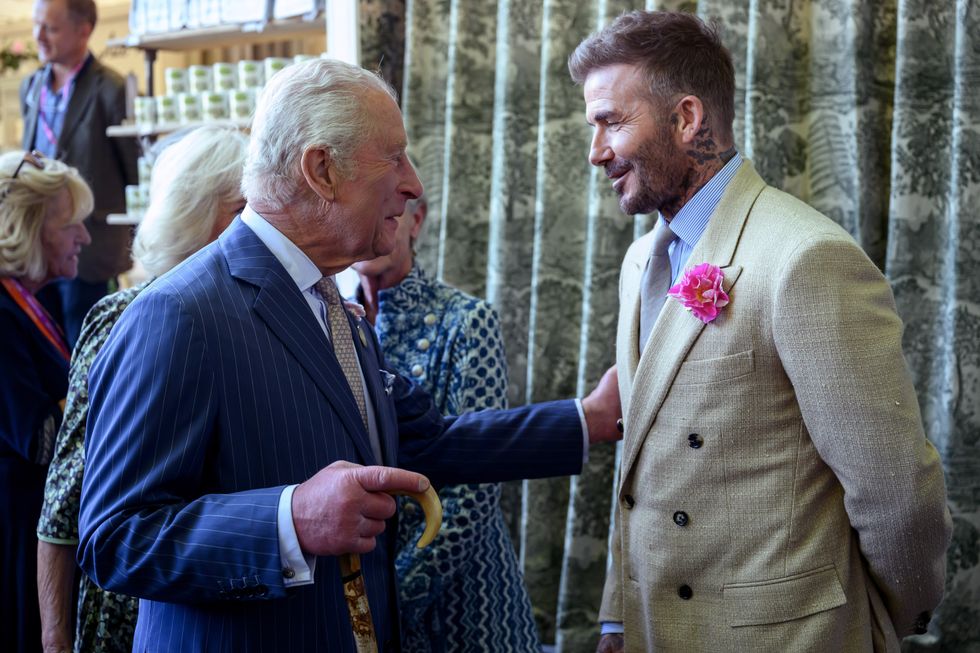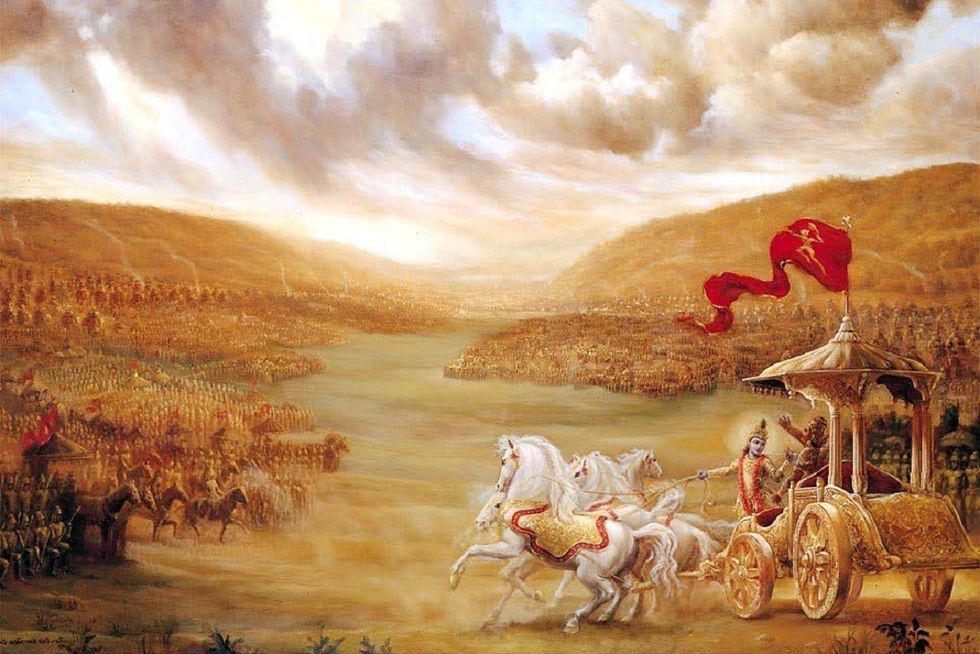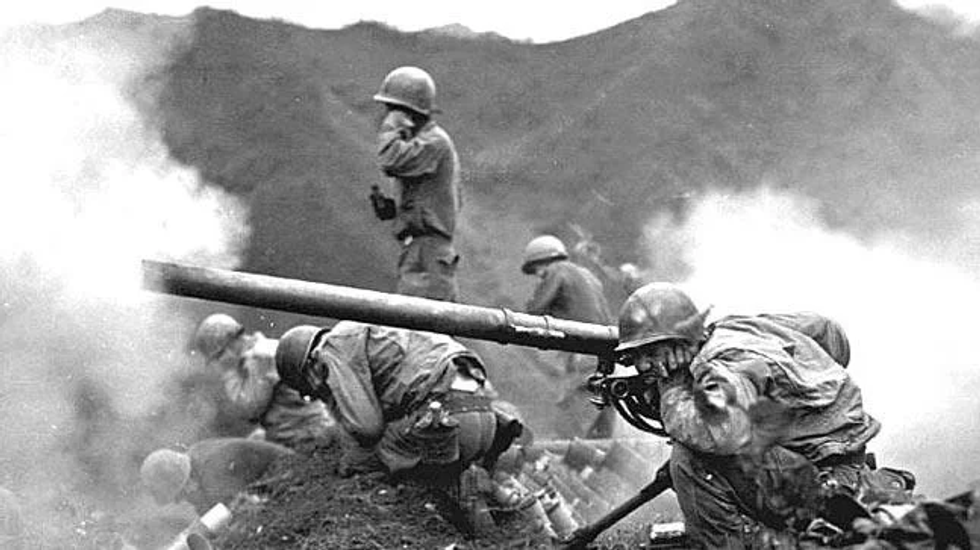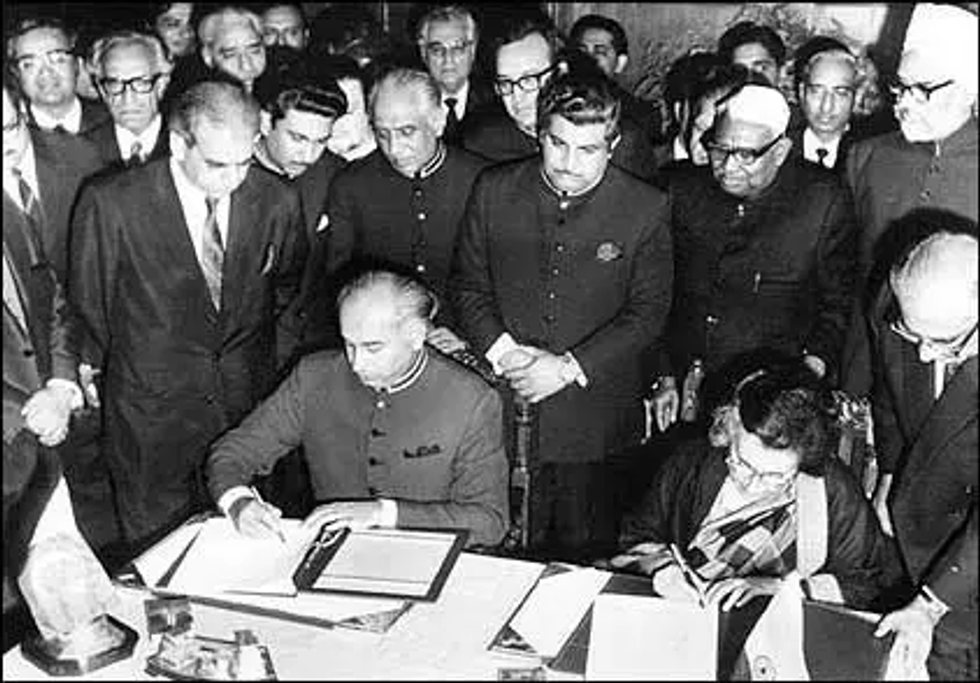LABOUR OUTLINES ITS POSITION ON BRITAIN LEAVING THE EUROPEAN UNION
THERE were 15 important amendments which the House of Lords made to the original European Union (Withdrawal) bill, but in reality, only two of these were mission critical.
The first is the amendment to give parliament a meaningful vote on the final deal. It is strange that so many politicians who claimed that the UK needed to leave the European Union in order to return sovereignty to the UK parliament have now definitively voted to deny parliament that very sovereign control over the most important constitutional decision in 50 years.
The second is the amendment on the Customs Union, an agreement important for businesses and their supply chains that would remove any tariffs or quotas on goods crossing the border between the EU and the UK. Labour has set out its position in support of jobs and the economy and is backed by both the Confederation of British Industry (CBI) and the TUC.
The government have ruled out a New Customs Union as they want to do an independent Free Trade Agreement with US president Donald Trump – good luck with that. And Europe has ruled out both of the government’s proposed alternatives as contrary to the need to keep an infrastructure-free border between the two parts of Ireland.
The final amendment that has been much publicised is whether the UK should join the single market via the Norway model of the European Economic Area (EEA). Labour’s position is that we need to have access to the single market to give the necessary alignment of things like air safety and food standards regulations, but we must respect the referendum result. The EEA option would not do that. It would mean continuing to pay money into the EU budgets, accepting all the rules but without any say in their formulation. It would mean keeping freedom of movement and the jurisdiction of the EU Court of Justice.
Labour has, therefore, tabled an amendment to the EEA Lords Amendment. We want a bespoke deal that is different from the one Norway negotiated to fit their economy. Our economy is different to theirs and our deal with the EU should fit ours.
By the time this is published, parliament will have concluded its 12 hours of debates and votes, and it shows the weakness of this government. For weeks, parliament has had few votes and little serious debate and government has struggled to fill the timetable. That they have shoe-horned the debate and votes on 14 amendments into 12 hours over two days shows how afraid they are of parliamentary scrutiny on the chaotic mess they have created.















 David Beckham wearing a David Austin Roses "King's Rose" speaks with King Charles III during a visit to the RHS Chelsea Flower Show at Royal Hospital Chelsea on May 20, 2025Getty Images
David Beckham wearing a David Austin Roses "King's Rose" speaks with King Charles III during a visit to the RHS Chelsea Flower Show at Royal Hospital Chelsea on May 20, 2025Getty Images

 Kurukshetra battlefield illustration
Kurukshetra battlefield illustration
 Chanakya
Chanakya  Shimla Agreement
Shimla Agreement Kargil War 1999
Kargil War 1999
Withdrawal wish list